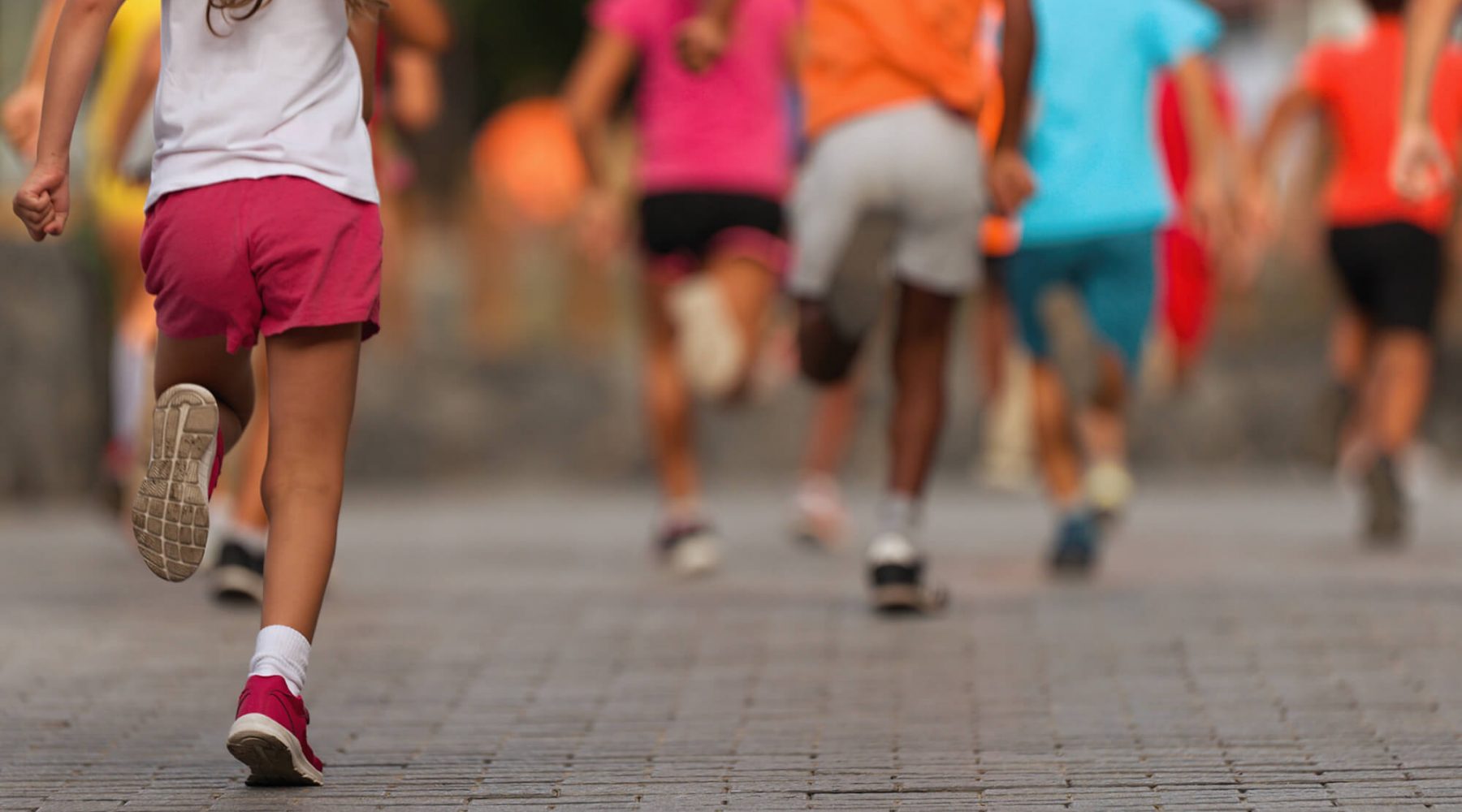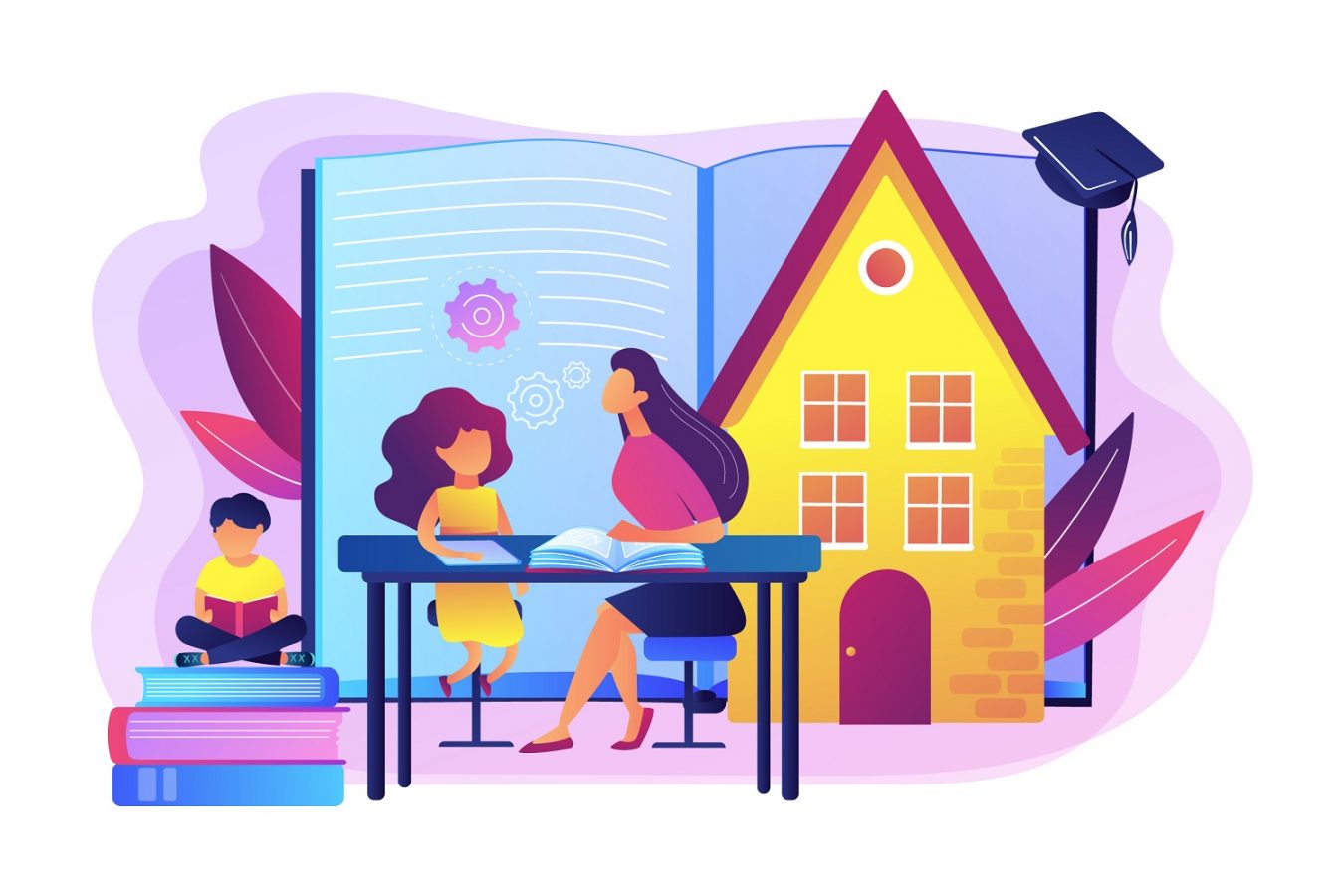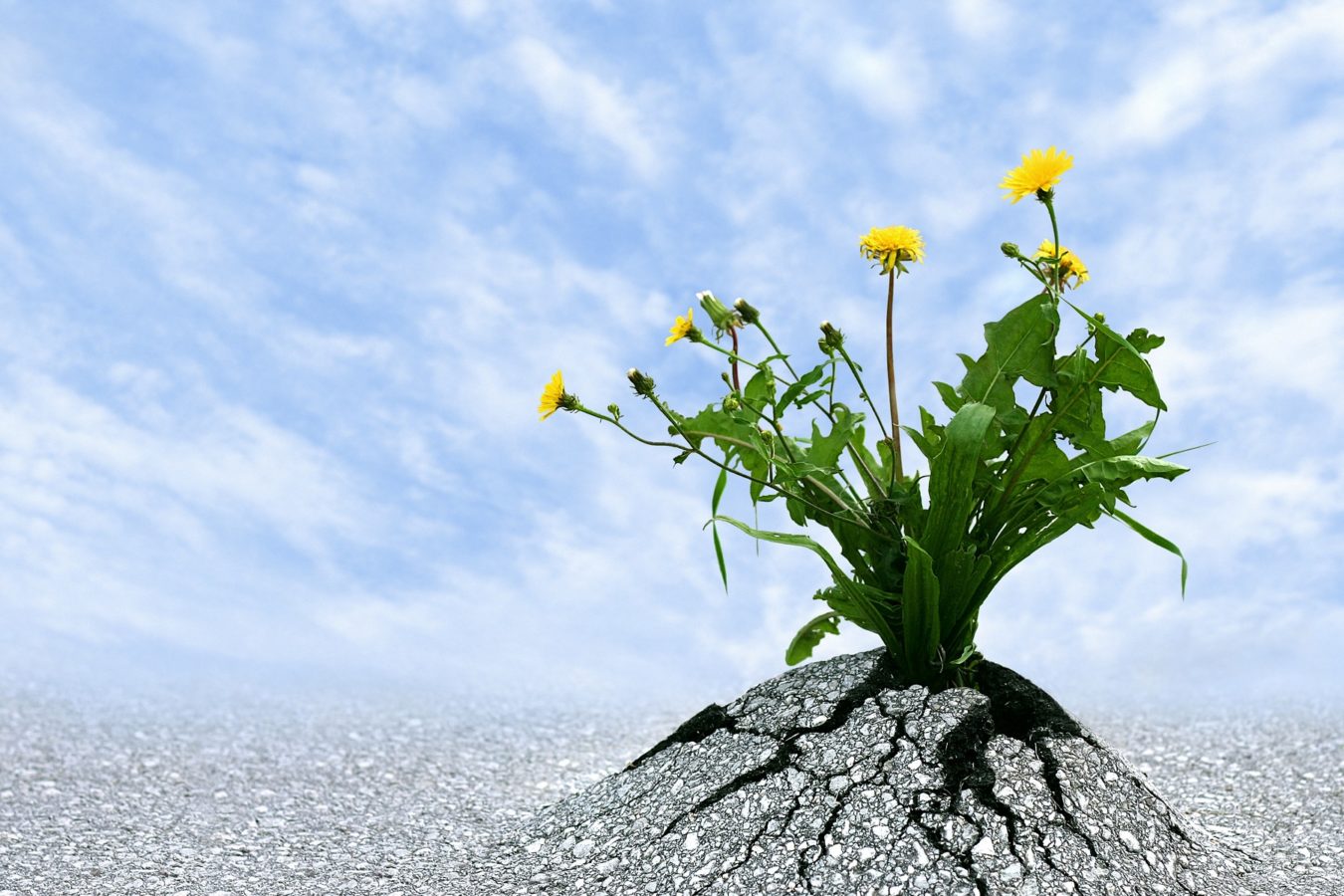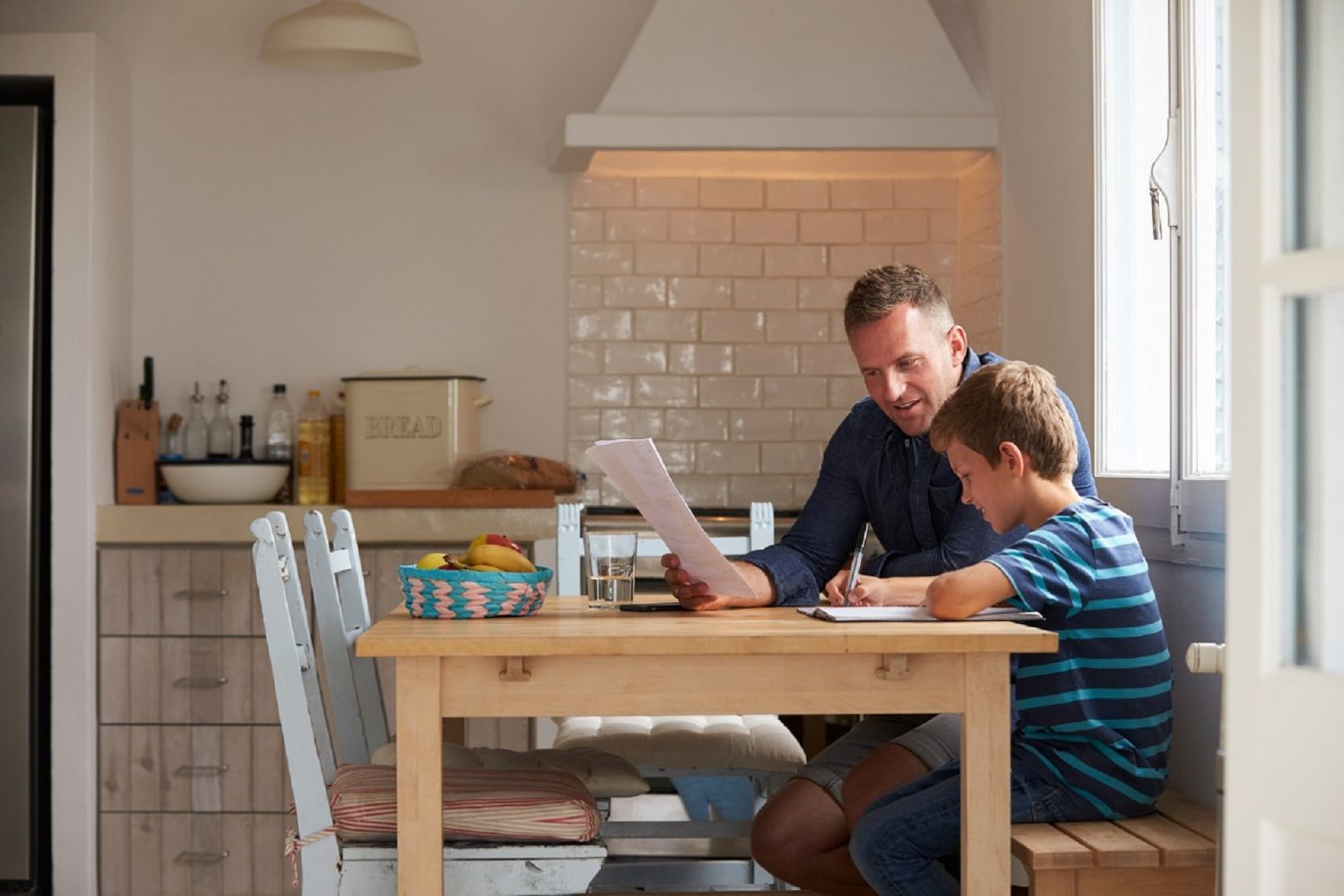
With the recent return to remote learning, Peter Hanlon examines the developmental impact 2020 had on particular groups of students.
No matter what our birth certificate says, a child’s transition through developmental stages can be difficult to manage. For children who are still navigating the tricky terrain of social and emotional development, stepping up and into the next phase is rarely straightforward.
As Victorian schoolchildren settled into a post-COVID rhythm (including Lockdown 4.0 and the return to remote learning), anecdotal reports highlight three cohorts that have been impacted most profoundly by the travails of 2020: the Year 1s, who missed much of their preparatory school year; the Year 7s and 8s, who missed the ‘bridging’ years of the 13-step school journey; and the Year 10s, who pinballed from home to school and back again during their historically bumpy passage through Year 9.
For Dianne Summers, a Monash University educational and developmental psychologist, stories of students in these particular groups struggling to settle into stride are no surprise.
‘With every school transition we know there is a back-step both in learning and in social development, because they have to reorient themselves within the new social group, and that takes up energy and attention and focus,’ Ms Summers says.
Her colleague Jake Kraska notes that ‘developmental milestones’ aren’t restricted to a child’s early life through major progressions such as walking and talking. Rather, via socialisation and continuous learning we reach key benchmarks throughout adolescence and into adulthood.
‘We know there are various theories around how we develop these emotional regulation and social skills – some people talk about social modelling,’ Dr Kraska says. ‘Given that most schooling was completed at home last year for Victorian students, there’s less of that experimentation with socialisation, and that’s where we learn.
‘The last year had a significant impact on these children’s ability to experience shared adversity through these transitions, and they’re still playing catch-up.'
The three most impacted groups are easily explained. The Year 10s generally have the added layer of puberty to navigate, and last year were largely denied the opportunity for experimentation around identity formation, to test and challenge ideas with their friends within the safe boundaries of a school environment.
‘I’m not surprised to hear some of those Year 10 students are behaving like Year 9 students, because they’re almost going through that developmental milestone in a slower fashion,’ Dr Kraska says.
Of the many children for whom COVID-19 gatecrashed their progression from primary to secondary school, Dianne Summers says not being exposed to orientation programs such as camps and school visits denied them the opportunity to develop vital social connections. For the Year 6s of 2020, the leadership skills acquired through being the ‘big kids’ during their final primary year have also been missed.
‘Those skills help them developmentally to prepare for making new friends and meeting new people, because leadership roles involve fine-tuning communication and assertiveness skills and build social confidence.’
The need for preventative strategies
The challenges faced by our youngest students are evident in the findings of an ongoing project led by the Queensland Centre for Perinatal and Infant Mental Health, in conjunction with several universities including the University of Melbourne. Targeting children aged five and under, COVID-19 Unmasked has revealed that children who went through Victoria’s second 2020 lockdown were two-to-five times more likely to have emotional and behavioural difficulties than children in other states.
In surveys conducted three months apart, up to 13 per cent of children experienced very high levels of emotional and behavioural issues, with anxiety the most common and a 21 per cent increase in high to very high depression symptoms.
The Monash psychologists note an increased demand on our mental health support systems and longer wait times for professional help, which Jake Kraska says lays bare the need for more government assistance to bump up services around resilience and belonging in schools. In essence, to move from reactionary strategies to prevention.
‘Individual therapy is a strategy in our toolbox, and a very useful one, but if it’s our only one then at the moment we’re getting slowly overwhelmed, and the wait times are highly concerning.’
Targeting where children are at
In her regular work with school counsellors, Dianne Summers is seeing a proactivity around screening, monitoring and surveying students to gauge where they are at, and importantly how they see themselves. Dr Kraska’s experience supports this, and he is pleased to generally see an approach that targets where each group of children is actually at, rather than where they theoretically should be.
‘Rather than expecting a child to be at a Year 10 level because they’re in Year 10 now, we have to understand there is a developmental process,’ he says. ‘The “zone of proximal development” is often used in academic achievement, where we target academic work at a child’s particular skill point. That same principle can be applied to their social-emotional learning.’
A plus Ms Summers sees comes from increased parental engagement last year, when Mums and Dads had a window on a school teacher’s world like never before. Those who embraced the challenge helped arm their children with resources to help manage themselves when the world threatens to overwhelm them.
The most crucial tool in getting students of all ages up and going again on the developmental milestone trail could well be the thing they missed most in 2020.
‘I think group programs will be an important approach in promoting recovery and development,’ Ms Summers says. ‘Because what we know that there has been a lack of opportunity for social connection and development of social skills, so we want to build their connection and sense of identity back again.
‘It’s reaching out to students, drawing them back in to finding a group, working out where they fit, and helping them to connect with their group of peers, to feel as though they belong.’
Like this post? Please share using the buttons on this page.
Subscribe to The Parents Website

